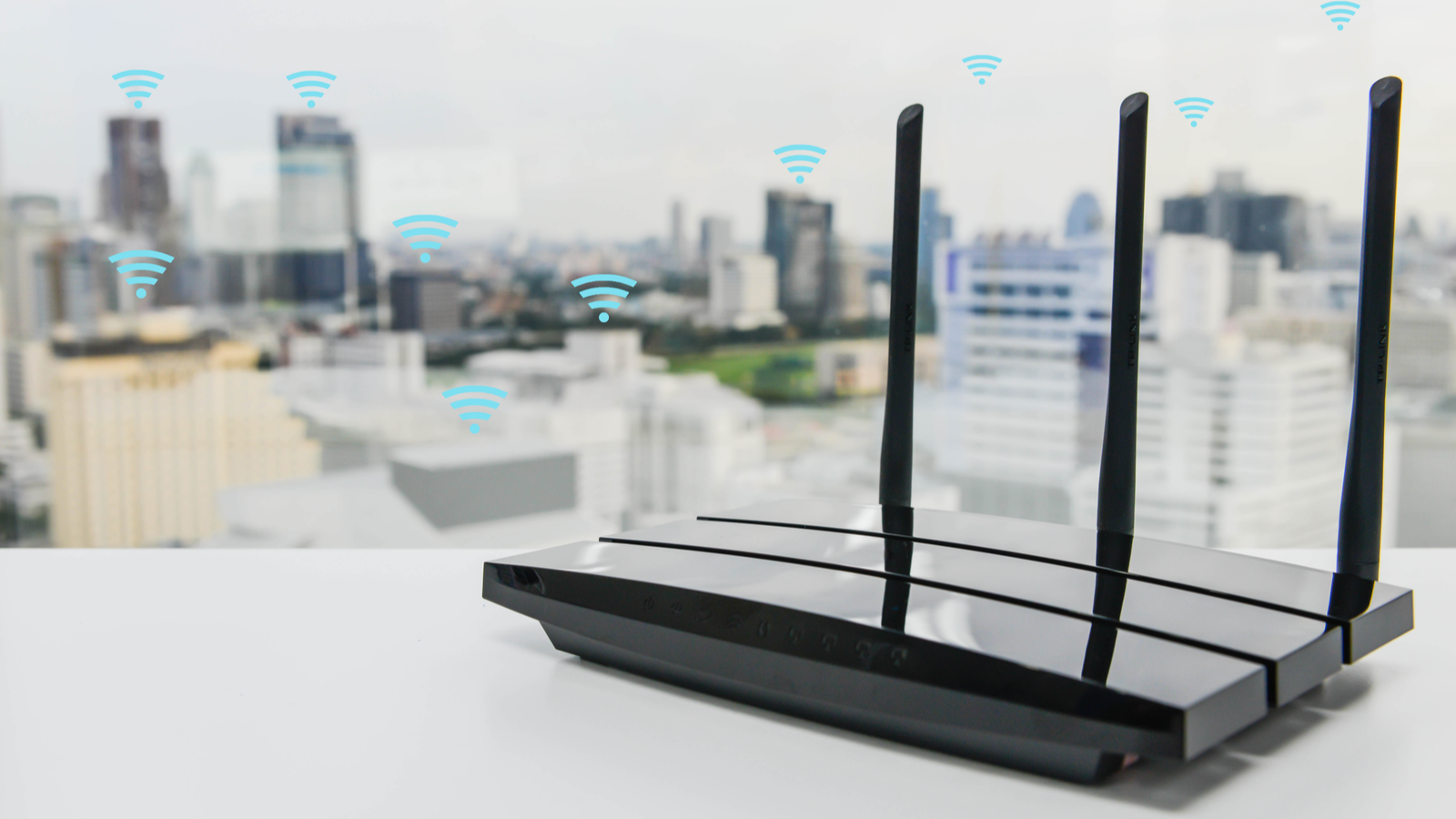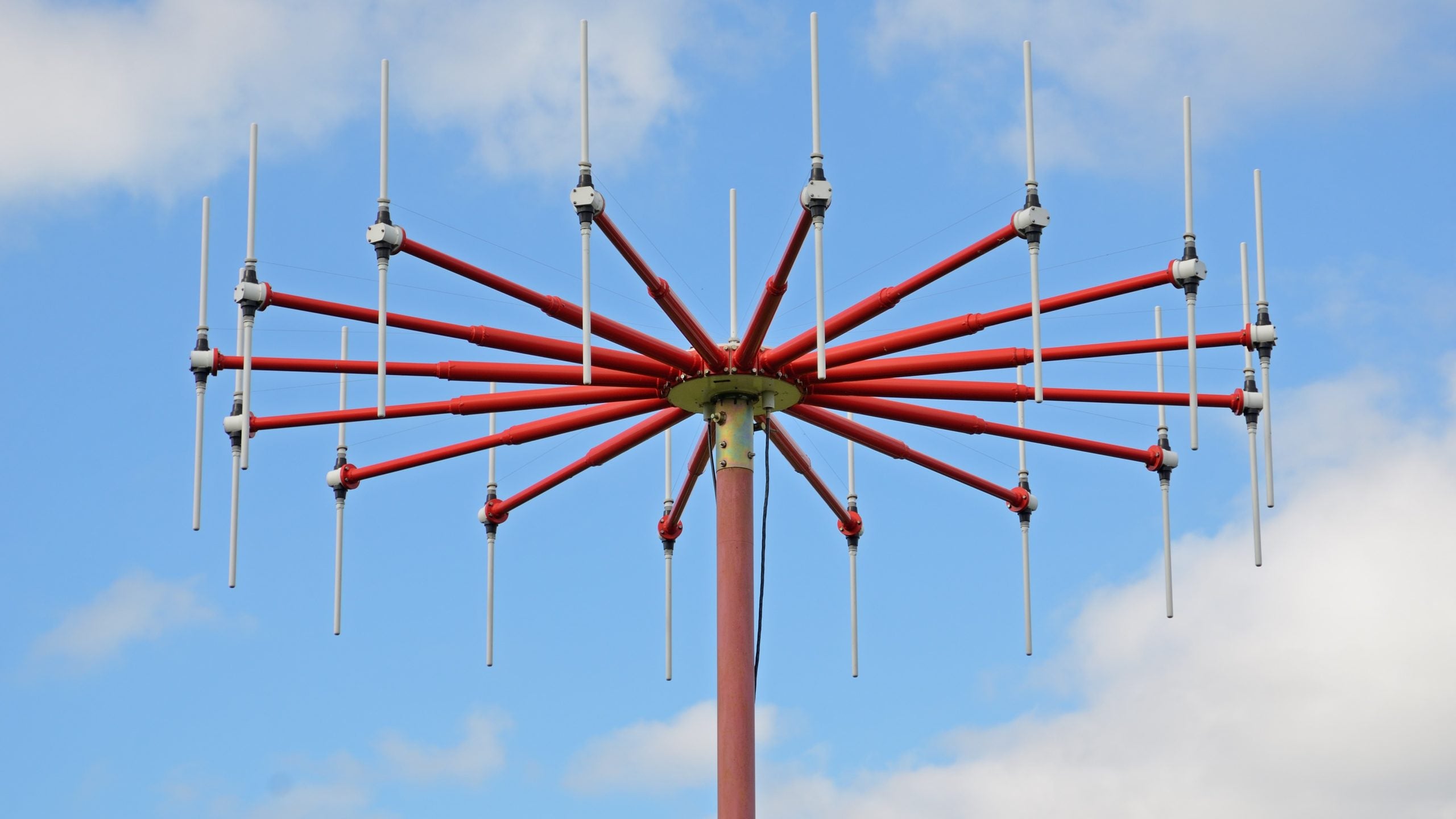Antennas are one of the important elements for any wireless communication links. They have several characteristics which depend on the application type. For beginners, it is important to know the working methods of an antenna in the wireless communication system. In this learning track, you will learn the basic concepts and steps to simulate an antenna using Ansys HFSS. This learning track begins with an overview of electromagnetic radiation theory, introduces you to the various antenna types, arrays, and ends with the simulation of the dipole antenna and its array in the Ansys HFSS.

Innovation Course
Theory of Electromagnetic Radiation
Wireless communications, such as cell phone, Bluetooth, radio, and wi-fi signals, make use of antennas to send and receive electromagnetic waves. Antennas are engineered devices that transition energy from a guided wave such as a microstrip transmission line, ...Read more

Innovation Course
Basics of a Two-Antenna System
Wireless communication systems transmit information between two antennas: a send antenna and a receive antenna. The power received by the second antenna is a product of the power sent by the first antenna; the geometry, composition, and positioning of the two antenn...Read more

Innovation Course
Antenna’s Figures of Merit
An antenna’s “figures of merit,” or “antenna parameters,” are all the objective, measurable characteristics of an antenna. These are the figures by which an engineer can judge the suitability of a particular antenna for any given application. An antenna’s figures of meri...Read more

Innovation Course
Example Antenna Types
Antennas are engineered devices used to send and receive electromagnetic signals. Each antenna has a unique set of characteristics — frequency response, polarization, radiation pattern, etc. — which are set by its size and topology. It is important to know general characteri...Read more

Innovation Course
Design of the Half-wave Dipole
Antennas are the front end for every wireless communication device. They have many characteristics like gain, bandwidth, directivity, efficiency, and more. Each of these characteristics are dependent on the application. One basic antenna type is the half-wave dipole...Read more

Innovation Course
Frequency Characteristics of the Half-Wave Dipole
The half-wave dipole is a “narrowband” antenna, meaning that its properties and behavior vary rapidly with frequency. This means that the characteristics discussed in the previous module are not generalizable across any significant bandwidth. In...Read more

Innovation Course
Basics of Antenna Arrays
Antennas are the front end for every wireless communication device. They have many characteristics like gain, bandwidth, directivity, efficiency, and more. Each of these characteristics are dependent on the application. One of the most widely used techniques to enhance th...Read more

Innovation Course
Simulation of a Dipole Array in Ansys HFSS
Antennas are the front end for every wireless communication device. They have many characteristics like gain, bandwidth, directivity, efficiency, and more. Each of these characteristics is dependent on the application. One of the most widely used techniq...Read more

